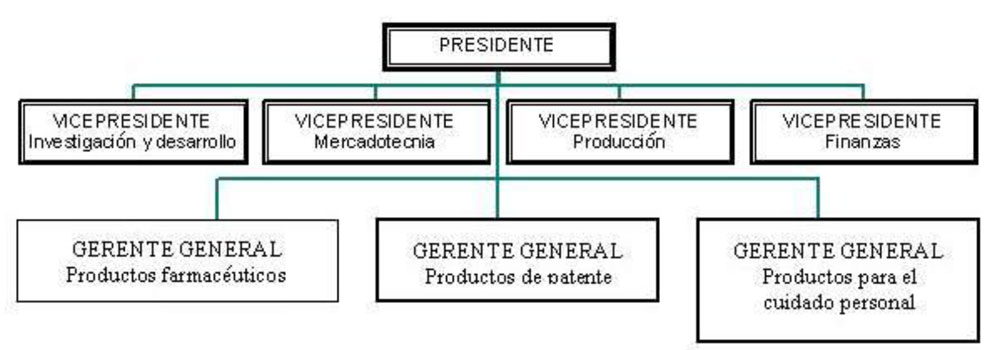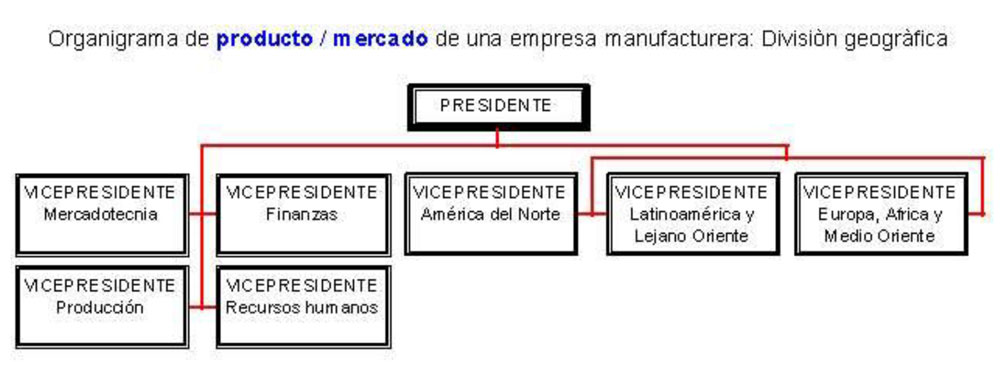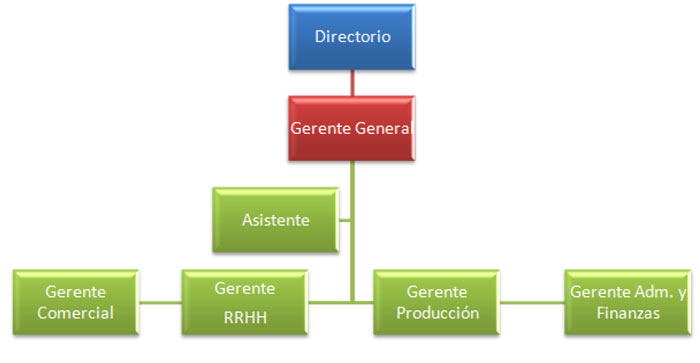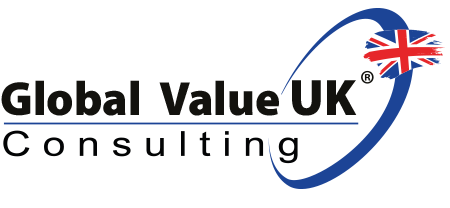Organizational structure
What is the optimal organizational structure for my company?
Depends.
It depends on the volume of transactions and consequent workload of the area. It also depends on the size of the company in terms of sales, number of people, branches, geographical locations, etc. One of the most important variables will be given by the company’s short and medium term strategy, the goals and objectives to be met and the current market situation and competitive dimension.
Before proposing a theory, it is important to understand and review what we understand by Organizational Structure and what type of structure exists, depending on the type of company, size, industry and geographical dispersion, to take some elements.
An organizational structure is the set of functions and relationships that formally determine the functions that each unit must fulfill and the mode of communication between each unit. It is an essential tool for its development, since it is through it that a mechanism can be established that allows the plans that a company has to be fulfilled correctly and efficiently. A company is made up of a group of people who work with a common objective and to carry out that objective each of them has a function.
The structure is one of the bases of the organization (or disorganization) of a company’s activities. A good structure will allow better integration and coordination of all the members of a company. By being better organized, better use of resources will be achieved, which in the long run can make a company more efficient.
The way in which companies decide to organize is different, each one decides to establish structures that adapt to the type of company that it is and that have the purpose of efficiently achieving the objectives that they have set for themselves. Entrepreneurs have established several types of structure that allow them to obtain the maximum use of human resources.
Some of the types of structures are: functional, divisional, horizontal and matrix. The functional structure divides work according to the functions performed, each function is performed by people who have the specific skills and knowledge for each area. The divisional structure divides the company into different units where each unit has a mini-functional structure. It can be summarized that the company is seen as a large conglomerate made up of small organized companies.
Organizational charts are usually pyramidal and end in a vertex or peak. This represents the top person who, on many occasions and in medium and large companies, may have one or more people intervening between him and the Board of Directors/Council or the Entrepreneur-owner of the company or business in question.
Organizational chart by product/market
Example of a Pharmaceutical Manufacturing company
Division by products

There are also geographical structures. The geographic division is used by financial services and other non-manufacturing companies, as well as mining and oil producing companies.

Geographic organization is logical when the plant must be located as close as possible to sources of raw materials, main markets or specialized personnel.
In the case of customer division, the organization is divided according to the different uses that customers give to products. In the case of Hewlett Packard, some propose that this could be the product/market approach of the future in the future. digital telecommunications markets.

Matrix organization
The matrix structure, sometimes called a “multiple control system,” is a hybrid product that attempts to combine the benefits of both types of design while avoiding their drawbacks. An organization with a matrix structure has two types of structure at the same time. Employees have, in fact, two bosses; That is, they work with two chains of command. A chain of command is that of functions or divisions, the type that is diagrammed vertically in the graphs above. The second is a horizontal arrangement that combines personnel from various divisions or functional departments to form a project or business team, headed by a project or group manager, who is an expert in the field of specialization assigned to the team.
As organizations have become global, many use one type of matrix for their international operations. They may have product or division managers, as in the case of the company with divisions. Therefore, the division structure would depend on the division manager, regarding product-related issues, and the national manager, regarding policy issues or those involving international relations.
Although matrix structures for organizations are necessarily complex, they have certain advantages. The matrix structure is an efficient means of bringing together the various specialized skills required to solve a complex problem.
One disadvantage is that not everyone adapts well to the matrix system.
To be effective, team members must have good interpersonal skills and be flexible and cooperative. Additionally, morale can be negatively affected when staff are reorganized after a project is completed and new ones are started. Finally, if hierarchies are not firmly established and efficiently communicated, there is a danger, in the view of some analysts, that conflicting guidelines and poorly defined responsibilities will tie managers’ hands.
To overcome these obstacles, special training may be required for new job or interpersonal skills when the matrix layout is being introduced for the first time or when a functional arrangement works well within traditional structures but will likely have trouble adjusting. To a matrix structure, many companies make special efforts to retrain their staff before assigning them to project teams or select exclusively volunteers for the teams.
Formal or Informal Structure of the Organization
Organization charts are useful because they display the formal structure of the organization and who is responsible for certain tasks. However, in reality, the organizational chart cannot even begin to capture the interpersonal relationships that constitute the informal structure of the organization.
A formal structure, a typical company has a board of directors to which a General Manager who is elected by the board reports. The board of directors is elected by the company’s owners or shareholders.

Generally the company is divided by basic and well-determined functions and responsibilities for the company to operate. The separation of functions and responsibilities is individual to avoid duplication of functions, internal lack of coordination, disavowals and power wars.
A structure that is too large or too small can cause great inefficiencies, low productivity, increased phantom costs and great demotivation.
As an entrepreneur or manager you should review the structure of your company at least 1 or 2 times a year.


